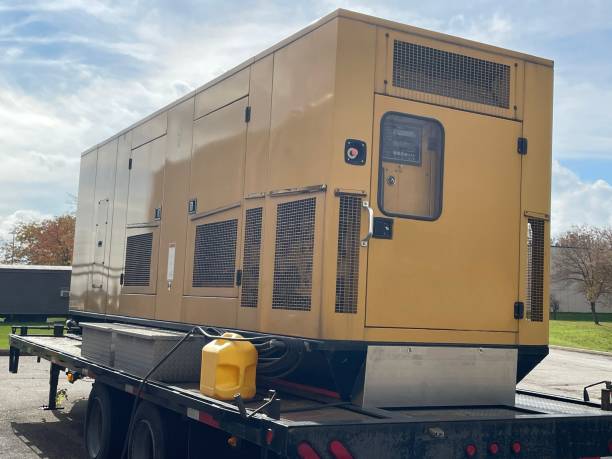Reactive Load Bank And Generator Load Tester

Load banks are a common term that is often used in industrial, mechanical, and electrical applications. This is a testing device that is not involved in the practical involvement of any project but holds an inevitable importance when it comes to preventive strategies and maintenance concerns of electronic appliances running on a specified and normal load conditions. There are different load banks which are designed to meet and test different functional and technical parameters of electronic and power sources. Among the many available, reactive load bank is a type of electrical tester that assess machine based on the supply of reactive and real power i.e. inductive and capacitive powers. The electrical systems that operate on both these power generations are finely evaluated for their technical stability and performance efficiency by using such load services. On the other side, a load bank tool that is customized for generators is the generator load tester. This one is a portable device that is appreciated and trusted for its real time evaluation (on-spot testing) of the machine by subjecting it under varying yet controlled realistic load conditions. This testing is like a saving grace under emergency scenarios, thus, is widely employed as a preventive measure too.
Use of reactive load bank
Load banks that operate and test electrical machines by applying reactive and real power loads are the reactive load bank. The reactive power components including inductive and capacitors are the main targets of evaluation of these load banks. There are electrical grids, generators, transformers, UPS, engines, and stations that are regularly or in emergency conditions assessed for their power capacities, stability, reliability, and efficiency. From small to extensive power systems like mini generators and industrial applications, these load banks are actively incorporated in the mechanical testing phase to assess, test, optimize, the inefficiencies of electronics.
Reactive load bank also check load and output along with managing the shortcomings and loss associated with the performance of power device. In many power distribution systems, transformers are assessed for their ability to handle different electrical loads via these load bank services. All such technical testing and adjustments are done under real-time conditions that might be varying in parameters but are controlled to maintain the integrity of electrical systems.
Use of generator load tester
There are many maintenance strategies that are devised and implemented to check electrical machines for their current structural health and functional tendencies. For generators, this type of tool is available in form of a portable generator load tester that is efficient to perform on-spot inspection of voltage regulation, power frequency check, load transmission, energy efficiency, stability and capacity of work.
Generator load tester are of two types i.e. reactive and resistive load banks investing their services by applying reactive and real power loads on generator machines for their testing. A quality feature of such customized load banks is the real-time monitoring over the technical parameters of voltage, frequency, current, temperature, etc.
Conclusion
Reactive load bank is the electrical testing tool which assesses the performance efficiency and technical parameters of current, power, voltage, etc. of different electrical machine systems. Generator load tester is the portable electrical load bank which associated with checking of generators.